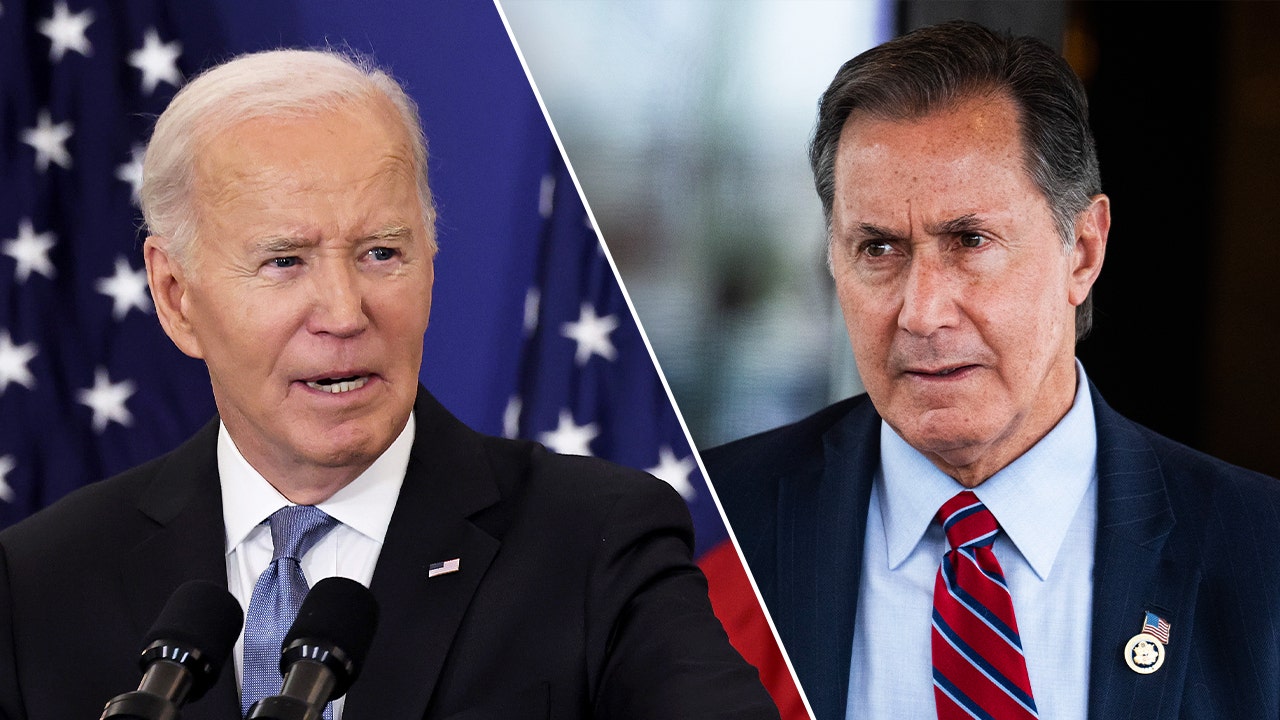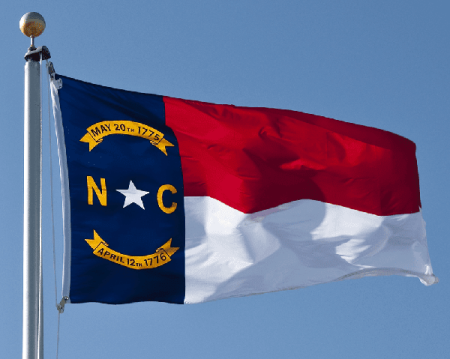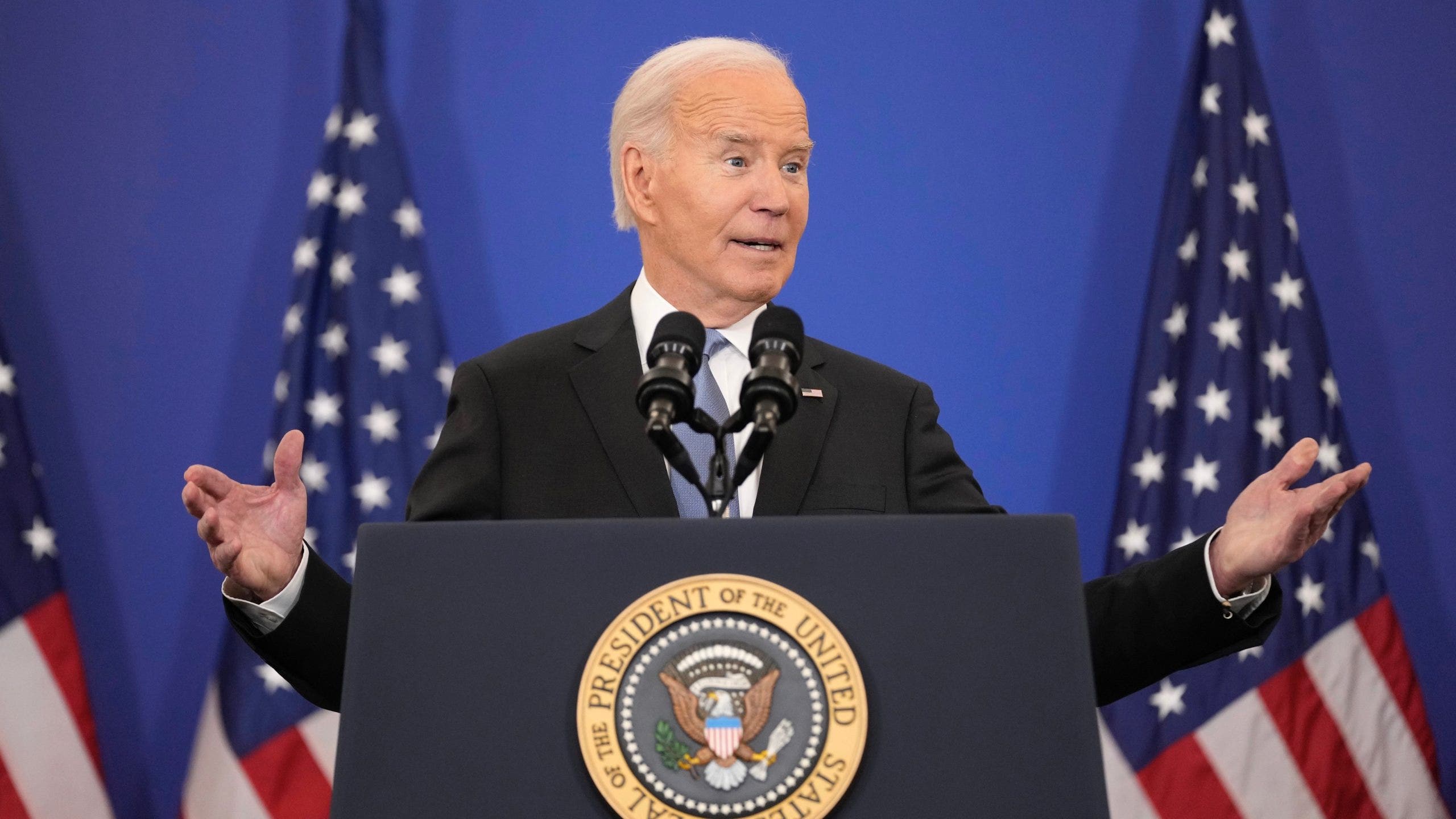Posted on Friday, November 15, 2024
|
by Andrew Shirley
|
35 Comments
|
Photo Credit: Gage Skidmore | Flickr
In politics, the “coattails effect” refers to the influence a popular candidate at the top of a ticket has on boosting the electoral success of other candidates from their party in down-ballot races. In 2024, Republican down-ballot candidates throughout the country enjoyed some unusually long coattails from President-elect Donald Trump.
Until the late 19th century, voting in the United States was conducted using ballots which allowed voters to mark off a party box at the top rather than making a selection for each individual race. This encouraged straight-ticket voting for one party or the other and meant that the incoming president usually enjoyed sizable majorities in the House and Senate.
With the advent of modern voting machines, presidential coattails became less frequent and had a smaller impact on governing majorities.
Since World War II, there have been arguably only five elections that classify as true “coattails” elections: Harry Truman in 1948, Dwight Eisenhower in 1952, Lyndon Johnson in 1964, Ronald Reagan in 1980, and Barack Obama in 2008. While pundits and historians continue to debate what exactly qualifies a presidential candidate as having “long coattails,” each of these contests was characterized by a popular presidential candidate who ran ahead of House and Senate candidates from his party and either flipped control of Congress or bolstered his party’s majorities.
In 1980, for instance, Republican Ronald Reagan won an overwhelming landslide victory in both the popular vote and Electoral College against Jimmy Carter. His popularity led the GOP to flip an astonishing 12 Democrat Senate seats and win control of the chamber for the first time since 1955.
On the other hand, in 1988, Republican George H.W. Bush won the White House, but Democrats expanded their majorities in the House and Senate. Bush’s coattails were nonexistent.
Donald Trump’s sweeping 2024 victory has a strong argument to be enshrined as the sixth true coattail election. Although results are still being tabulated, Trump appears very likely to have garnered more votes nationwide than Republican House and Senate candidates. GOP candidates who closely aligned themselves with Trump also tended to perform better, while those who tried to distance themselves from Trump tended to perform worse. In the four Senate seats that Republicans flipped, the GOP nominees all leaned heavily into Trump’s America First agenda.
Even Democrats attempted to cash in on Trump’s coattails. As Axios reported, in the waning days of the race, Democrat Senate candidates Tammy Baldwin (WI), Bob Casey (PA), Jon Tester (MT), Sherrod Brown (OH), and Rep. Elissa Slotkin (D-MI) all ran ads touting their history of working with Trump to pass “America-First” legislation. But it was too little too late, and only Baldwin and Slotkin won their races.
One of the most remarkable things about Trump’s victory this year was how broad it was. It’s not just that Trump won an Electoral College landslide and became the first Republican nominee since 2004 to win the popular vote. Trump gained ground in red, purple, and blue states alike. He swept the seven swing states, but he also improved significantly on his 2020 and 2016 performances in states like New Jersey and California.
In fact, Kamala Harris failed to outperform Biden’s 2020 results in a single state this year. Moreover, Trump did better than he did four years ago in 90 percent of counties nationwide – an accomplishment that speaks to the depth of his appeal to voters.
As a result, Republicans kept control of the House and won control of the Senate, flipping four seats from Democrats in Montana, Ohio, West Virginia, and Pennsylvania. The GOP also made gains in state legislative races, including winning back control of the Michigan House of Representatives after Democrats claimed a governing trifecta for the first time in 40 years in 2022.
Along with maintaining control of a majority of state legislatures, state-level Republicans also won supermajorities in Iowa and South Carolina, along with breaking up existing Democratic supermajorities in New York and Vermont. In Vermont, Republican Governor Phil Scott’s re-election means Democrats will no longer be able to override his veto pen without Republican support.
Even among the other coattails presidents, Trump’s victory stands apart. Of the five previous coattails elections, three were first-time presidents and two were elevated vice presidents serving in the aftermath of the assassination or death of a sitting president. Trump’s victory is the only second-term coattails election.
The scale of Trump’s victory is a stinging indictment of the establishment in both parties who have insisted for the better part of a decade that Trump would be nothing but a blip on the political radar. For the entirety of his first term and Joe Biden’s presidency, the left slandered and defamed Trump and even tried to throw him in prison – only to see his popularity increase and his political movement become even stronger.
Andrew Shirley is a veteran speechwriter and AMAC Newsline columnist. His commentary can be found on X at @AA_Shirley.
Read the full article here










